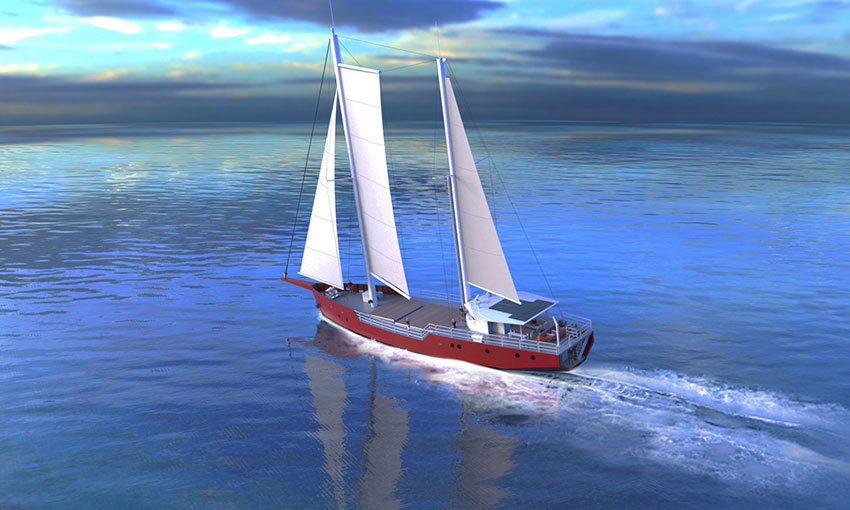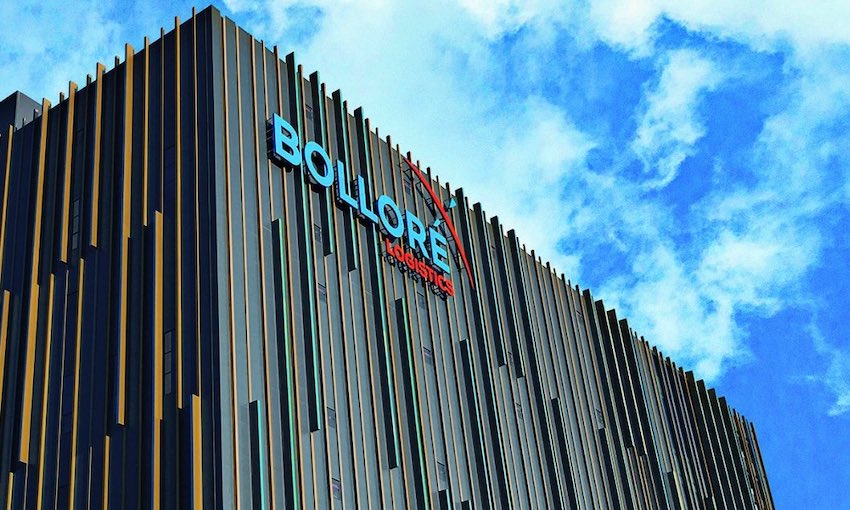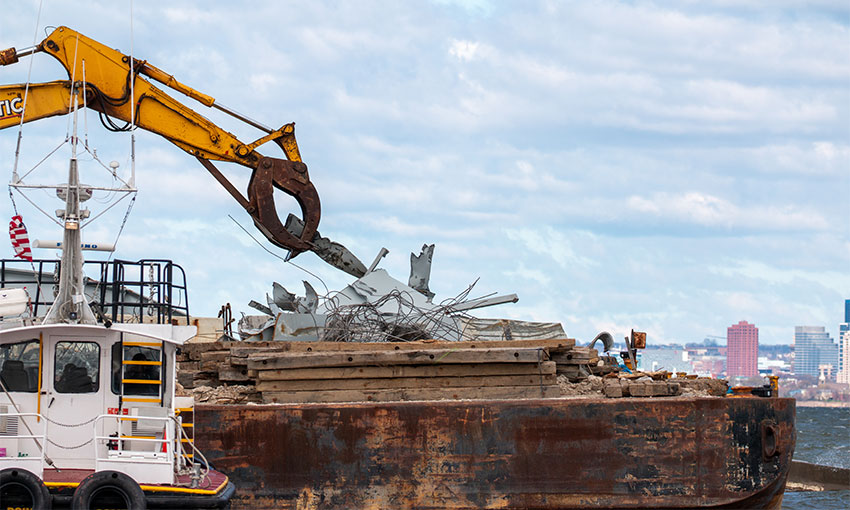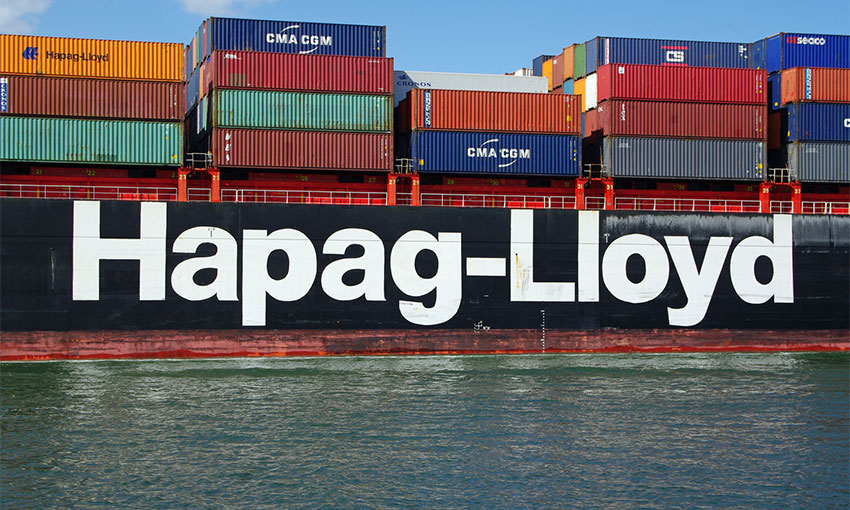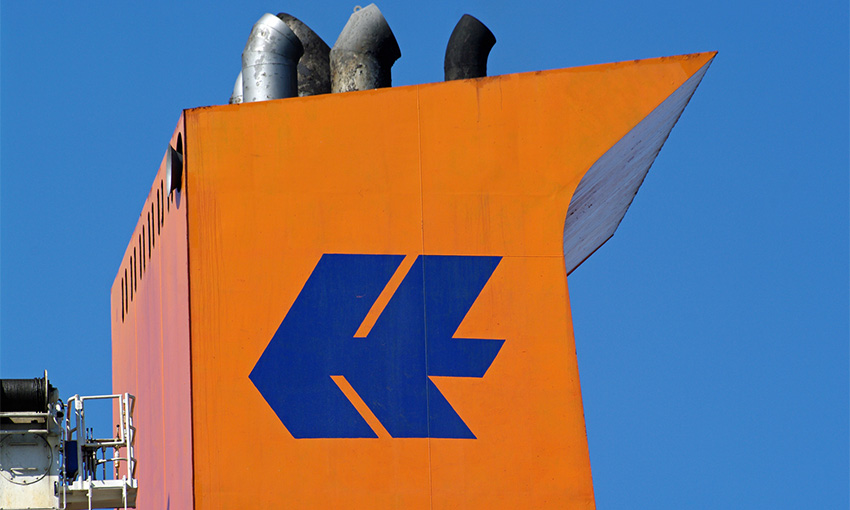SWIRE Shipping has committed to net zero greenhouse gas emissions by, and preferably well before, 2050.
The company said it serves the many communities in the Pacific that are directly impacted by global warming.
China Navigation Company (Swire’s parent company) managing director James Woodrow said: “With many communities at risk of disappearing we must take action to drive change. We are committed to reducing our GHG footprint, ultimately to net zero by, and preferably well before, 2050”.
“Whilst we have already invested US$650 million over the past seven years to renew our fleet to be more carbon efficient, further reductions in our GHG footprint will require more technical and operational measures to be adopted. Ultimately though we will not be able to reduce sufficiently our contribution to global warming until a sustainable alternative – low or zero carbon fuel – becomes technically and financially viable.”
Market-based measures
Swire said the upstream development of the necessary global delivery infrastructure for sustainable low or zero carbon fuels would be expedited if market-based measures are introduced that more realistically price our sector’s GHG emissions.
The company also said it supports the earliest global adoption and implementation of the “Proposal for IMO to Establish a Universal Mandatory Greenhouse Gas Levy”, submitted by the Republic of the Marshall Islands and The Solomon Islands to IMO MEPC 76.
Swire pledged to reduce its environmental footprint to net zero emissions by or before 2050 by implementing technical and operational measures and offsetting any outstanding scope 1 and 2 emissions.
“We will be offering to offset these emissions for our Swire Shipping clients on a voluntary basis through our new Sail Greener program that we will be launching in mid-2021. However, ultimately these emissions will have to be paid for by the customer on a mandatory basis,” the company said.
Swire said it would engage as a partner with decarbonisation centres globally, and like-minded organisations including The Sustainable Shipping Initiative and The Getting to Zero Coalition, both at the knowledge-partner level and also to cooperate as a provider of commercial shipping test beds where viable.
Swire Shipping general manager Jeremy Sutton said the real urgent change that is necessary now will be driven by the earliest adoption of a mandatory high-ambition levy on all greenhouse gas emissions from international shipping.
“This is an immediate priority measure and must run alongside a revised, heightened level of ambition in the Revised IMO Strategy on the reduction of GHG emissions from ships,” Mr Sutton said.
“The Pacific Islands’ Communities are relying on organisations such as ours to provide leadership and to take positive action now.”
Low carbon fleet
The company also said it would deliver in the longer term a low or zero-carbon fleet, starting by at least 2030, using sustainable, alternate fuels, for which current science points to one or more of green ammonia, biofuel, hydrogen and methanol, once the safety, scalability, technological and training issues have been mitigated.
And finally, the company said it would finance initiatives that promote low carbon shipping. One such example is its Project Cerulean.
This project seeks to build the first low-carbon, low-cost sail-assisted inter-island cargo vessel to serve communities in the Pacific that lack cargo handling infrastructure.
The company aims to sign the building contract for the pilot vessel of this class by the end of June, for delivery 12 months later.

